Last Updated on 08/31/2015 by Julius Motal
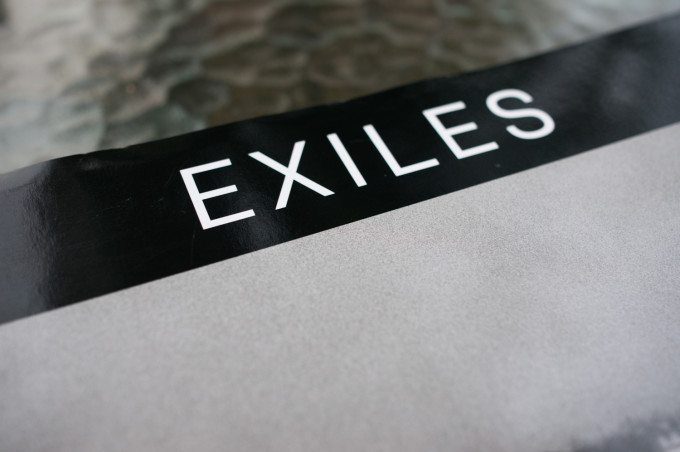
Beyond screens and gallery spaces, photographs are best experienced on the page. Renowned street photographer Garry Winogrand once said, “I don’t really think you really learn from teachers, you learn from work, I think what you really learn is, you have to be your own toughest critic, and you only learn that from work.” A book not only exposes you to the work of other photographers, but it is largely educational in what it can teach you about your own photography. A finely crafted photography book is well worth a spot on your bookshelf. Here are five books to consider.
“Exiles” by Josef Koudelka
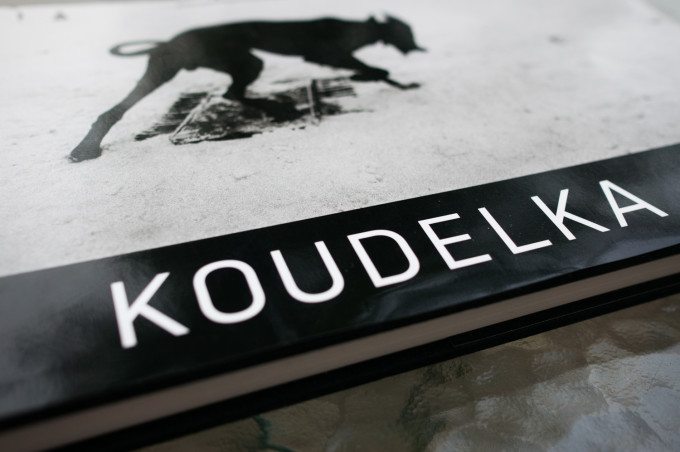
Exiles is the deeply personal culmination of over two decades spent meandering in Europe. Josef Koudelka went into exile following the invasion of Czechoslovakia in the late 1960s with nothing more than a camera in his hand. His travels took him all over the continent, and he photographed everywhere he went. The current edition of Exiles is the third reprint, and it has ten new photographs and a slightly different edit than the previous two editions, both of which command high prices on the used circuit. This edition has 75 images split across seven chapters with an introductory essay by Czeslaw Miłosz on exile and a conversation between Koudelka and his editor Robert Delpire. The images are at turns haunting and powerful in their serenity and sense of isolation, and they take you on a journey. Pick it up on Amazon.
“The Americans” by Robert Frank
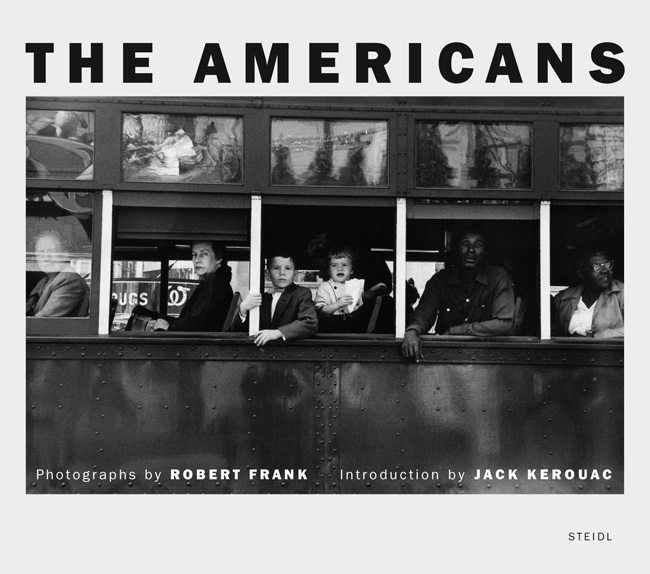
Largely regarded as one of the most, if not the most, important photography book of the 20th century, The Americans is the seminal work of Swiss photographer Robert Frank during a year-long road trip across the United States. Frank photographed America as an outsider, and he found himself drawn to the disenfranchised and downtrodden. Henri Cartier-Bresson and Walker Evans had already done large photographic projects on America, but Frank’s was substantially different. Whereas Cartier Bresson’s and Evans’s pictures were technically precise and clearcut, Frank’s images defied convention with their dark and gritty nature, and it took quite some time before The Americans earned the respect it deserved. Today, however, its impact is undeniable, and thankfully, a reprint has made it affordable. Pick it up on Amazon.
“Invisible City” and “Night Walk” by Ken Schles
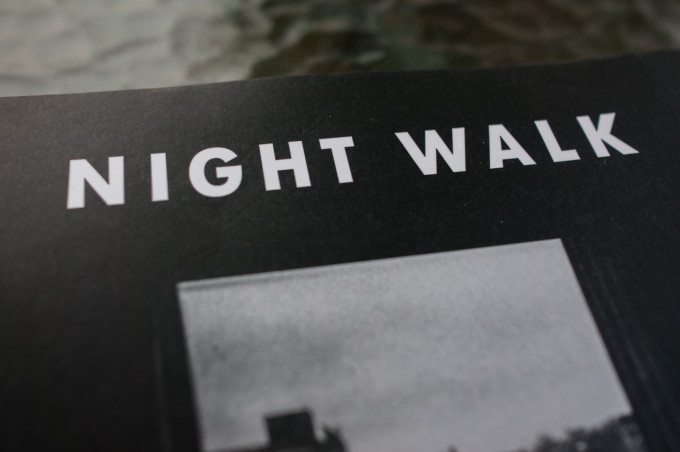
Night Walk is both a sequel to and reimagining of Invisible City, a 1988 photo book by Ken Schles. The original is a collection of photographs taken from Schles’s years living in the East Village in the ’80s in New York City. The grainy and often blurry photographs capture a New York City at the edge of memory, as it was not the bright, bustling metropolis it is today. Twenty-five years later, Schles revisited his archives from that time and put together Night Walk, a different take on that time and place through photographs of friends and lived experiences. Invisible City is largely an introspective take on that time place, and Night Walk is external. One complements the other, and are excellent examples of personal documentary. Pick up Invisible City and Night Walk on Amazon.
“American Photographs” by Walker Evans
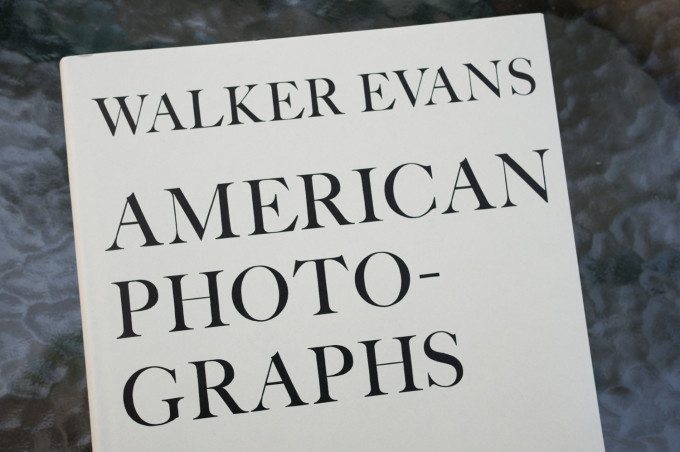
This was the book that Robert Frank carried with him as he photographed for The Americans. Walker Evans was a photographer who worked for the Farm Security Administration in the early 20th century. His work for the FSA took him across the United States in order to document the effects of the Great Depression. The photographs are renowned for their clarity and technical precision. Evans worked with an 8×10 view camera, and the work was first shown as an exhibition titled Walker Evans: American Photographs at MoMA in 1938. The book has since been reprinted for its 75th Anniversary. Pick it up on Amazon.
“Good Dog” by Yusuf Sevinçli
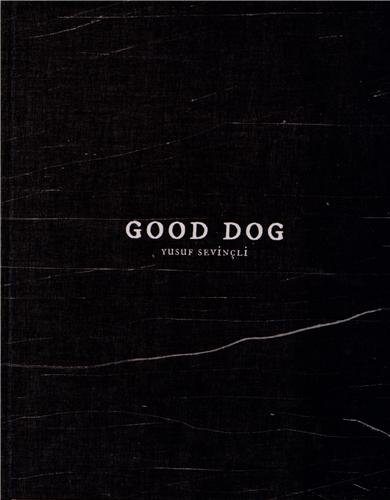
It was Daido Moriyama’s image “Stray Dog” that influenced the creation of Yusuf Sevinçli’s book Good Dog, though the book is more than just a nod to a legendary photographer. Sevinçli photographed in Istanbul over the course of eight years before making the book, and the title was also a reference to the nickname for the street where he lived. The photographs are grounded in reality, but abstract enough to demand a close reading. They are at times erotic, banal, and alive. Good Dog is Sevinçli’s first book and certainly not his last. Pick it up on Photo Eye.

